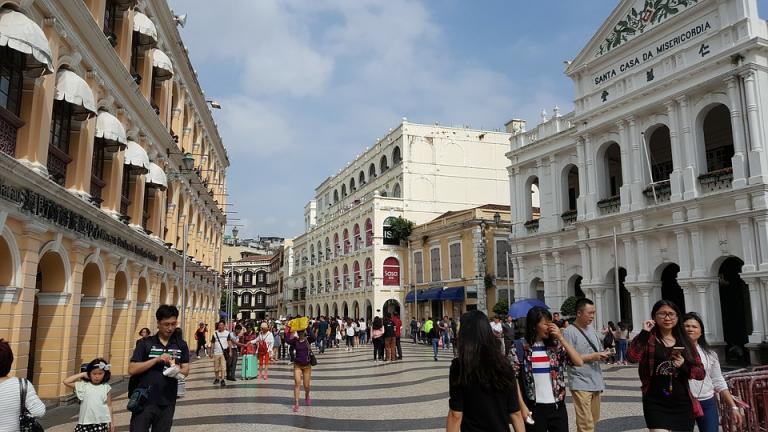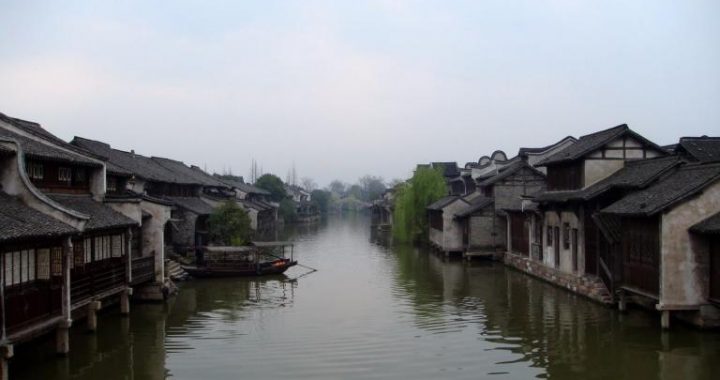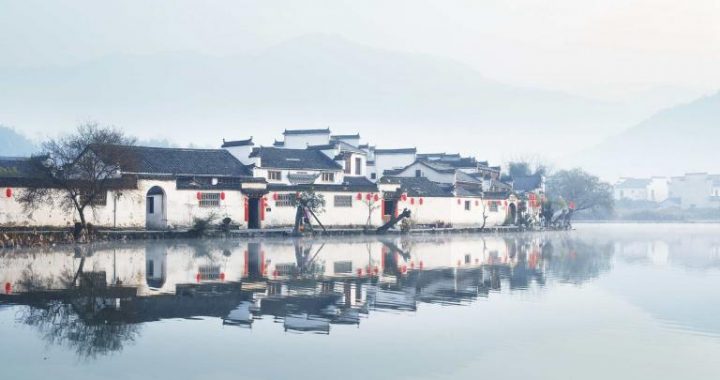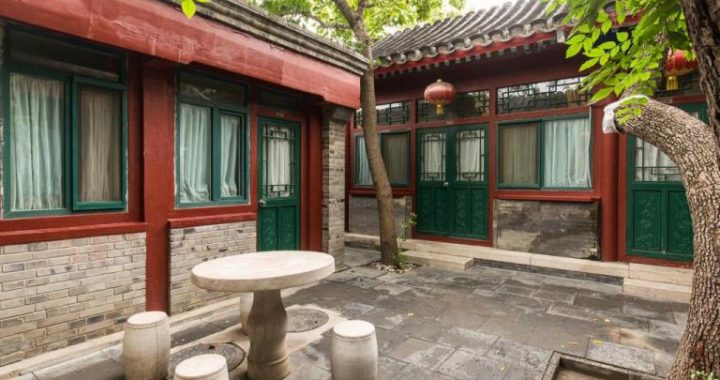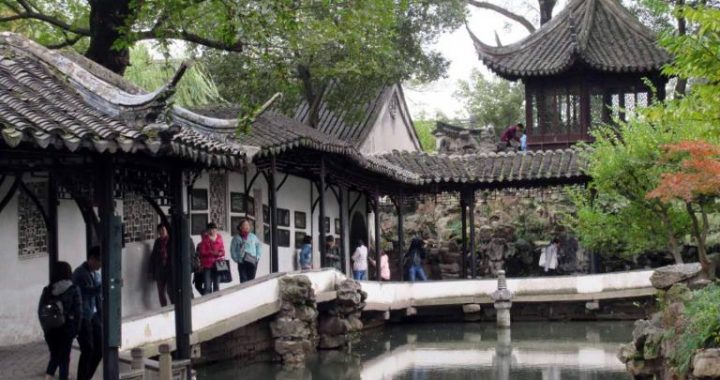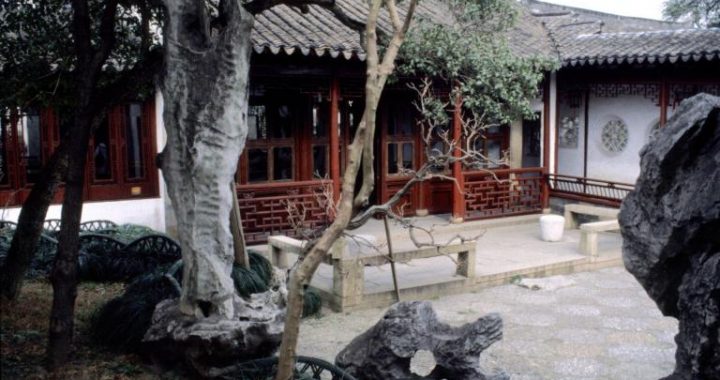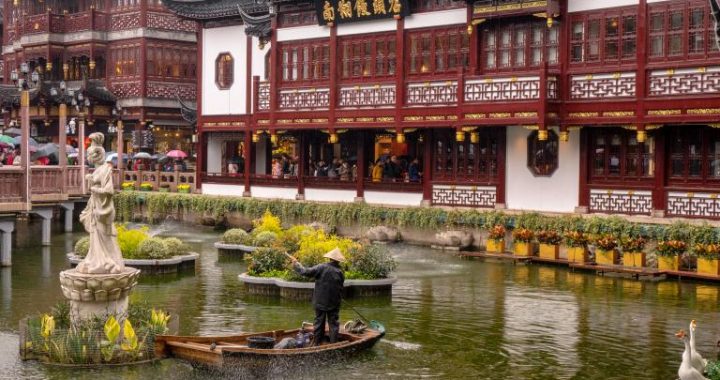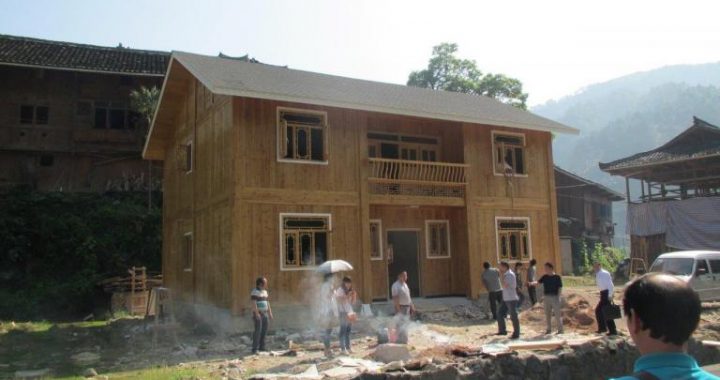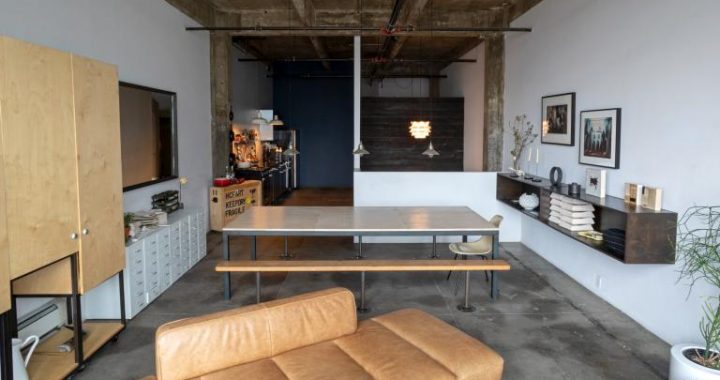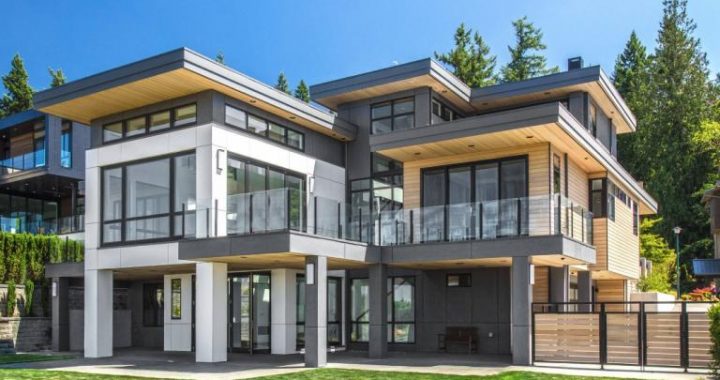Architecture of Macao
2 min readMr. JiXianlin said,”In China’s history of more than 5,000 years, there wereseveral climaxes of cultural exchange. The last and most important one was the introduction of Western culture, which began in the late Ming Dynasty and the early Qing dynasty in the region of Macao.”
Before the 19th century, Macao was China’s main open port and an important international port in Asia. Prosperous trade activities attracted people from around the world to come together, and an international city where people from Europe, Asia, Africa and America lived together was born.The Portuguese named this city surrounded by walls “City of the Name of God.”Today’s historic center of Macao is its core part.
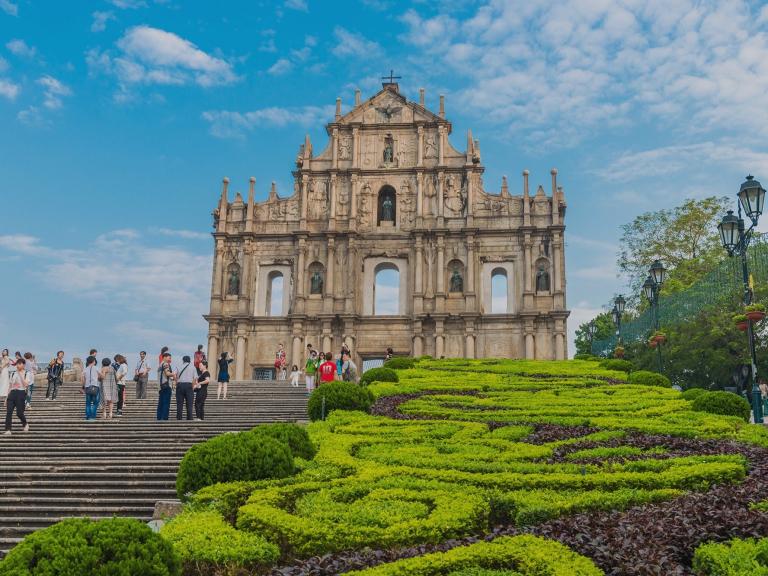
The historic center of Macao is the oldest, largest, best preserved and most concentrated architectural heritage existing in China today with Western architecture accounting for a large proportion and echoing Chinese architecture. It is a witness to the history of Western religious culture’s spread in China and the Far East region and, more importantly, the crystallization of Sino-Western cultural exchange and diversified coexistence in the past 400 years. This architectural complex shows integration and penetration of spatia relationships, structural concepts, architectural styles, aesthetic views, processes and techniques between China and various Eastern and Western countries.
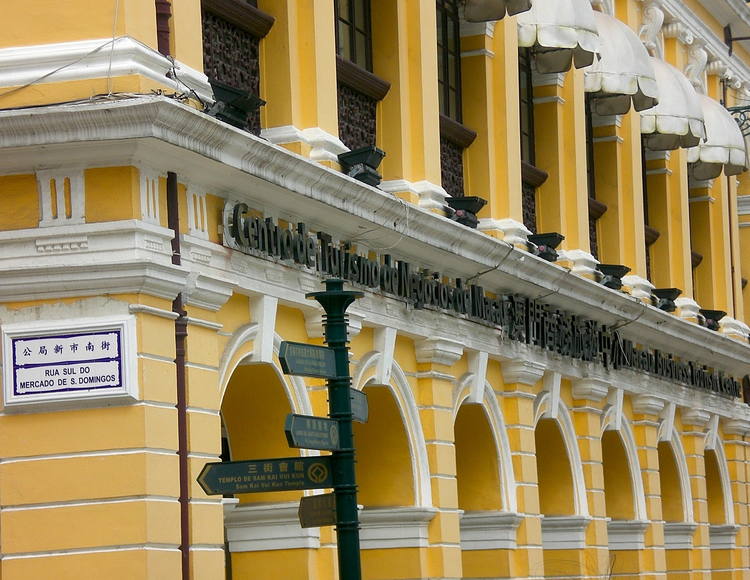
In this area, there are churches built by different missionary societies including the Society of Jesus, the Society of Saint Augustine and the Society of Saint Dominic, and the Morrison Chapel in the Protestant Cemetery; there is also the AvalokitesvaraPavilion and the Luck and Virtue Hall(housing the godof earth) in the Chinese-style A-Ma Temple. This small area contains different cultures and preserves memorial buildings with different characteristics. They influence each other, penetrate into each other and form a pleasing contrast.
After the government of Portuguese Macao legalized the gambling and lottery industry, Macao’s gambling and lottery industry began to play a critically important role in its economic activities. When Macao returned to the motherland in 1999, it was called a gambling city and gambling port. Macao, Monte Carlo in Monaco, Las Vegas and Atlantic City in the United States are called “Four Gambling Cities in the World.”New entertainment buildings completely changed Macao’s urban texture with their huge sizes and grafted styles, and architectural styles changed notably.A number of huge moderncommercial buildings represented by the Venetian Macao Resort Hotel, the Grand Lisboa Hotel, the MGM Macau Hotel, the Wynn Hotel and theStarWorldHotel became Macao’s new landmarks. Macao evolved from a city dominated by small buildings to a city dominated by huge ones.
